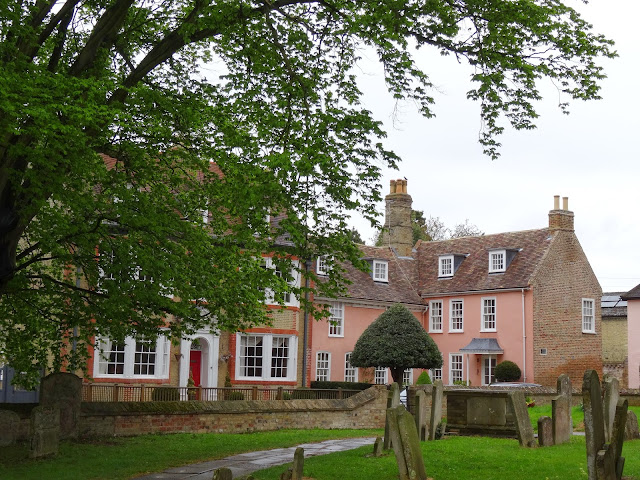This style of astylar house (that is, it has no columns - the pair flanking the main entrance are later, by Wyatt), came to England in 1638 with the house Inigo Jones designed for Lord Maltravers. However similar houses were being constructed in the previous decade in the Dutch Republic, for example the 'Huis Ten Bosch' by Jacob Van Campen - look in particular at the garden façade. These houses constituted a successful attempt to combine the Dutch vernacular tradition with the more rigorous approach of Classicism. Among a number of sources architects, such as Van Campen, were looking towards contemporary French architecture, and it is there I suspect that the deep origins of buildings such as Belton lie, in the work of such architects as Sebastiano Serlio and Pierre Lescot, who in the previous century set the pattern for French architecture for the next hundred years or so, attempting, equally successfully to combine Italian Renaissance and French Medieval traditions, such as the steep pavilion roof. A marriage, then, of Northern and southern European traditions. In particular two of the urban interventions undertaken by King Henri IV in Paris: The Place Dauphine, and the Place Royale (now the Place des Vosges) both of which date from the first two decades of the 17th century (architects unknown), had a direct influence on Van Campen and Jones, who's own urban intervention of Convent Garden, in London, was undertaken in the 1630s. In Maltravers House Jones works his own variation: his Classicism is that of the High Renaissance palazzo not the Mannerism of Serlio or Lescot. It that sense Belton does not fit into the Jonesian model. With it's equal storeys it fits more easily into the French Classical tradition; it even plays, in a very mild way, with the sort of complex layering of the façade that you find in work of Mansart. Regardless of its origins this style became a favourite of architects and more importantly masons, possibly never going out of fashion in places such as Stamford, also in Lincolnshire, until the 19th century (only the detailing changing), partly because it is so sensible and flexible, and partly because it fitted easily into pre-existing English vernacular building traditions.
The house stands with its back to the estate village at the meeting of two mighty axial avenues of tress, one running e-w and the other, longer, N-S with its Baroque sense of infinite expansion. The original Baroque gardens have been lost; the oblong 'Canal Pool' must be a remnant of the first formal scheme. The bathing pavilion was added later in 1816. The gardens as they are now were laid out firstly by Wyatt and secondly at the end of the 19th century. The Orangery, which I really admire, is by Wyatt.

















































